How to Install a Camper Awning
Part 1 of 3:
Placing Your Camper Awning
-
 Purchase an awning kit. Most packages contain stainless steel mounting brackets, silver reflective material, and extra fiberglass poles to combat against the wind.
Purchase an awning kit. Most packages contain stainless steel mounting brackets, silver reflective material, and extra fiberglass poles to combat against the wind. -
 Select a location for your awning. Though most awnings are placed on the front of the camper above the door, this is entirely up to you. You can put the awning on any wall of the camper that is long enough and thick enough. If you choose to put your awning on the backside of your camper, it will just mean that you have to walk around the camper to enjoy the shade.
Select a location for your awning. Though most awnings are placed on the front of the camper above the door, this is entirely up to you. You can put the awning on any wall of the camper that is long enough and thick enough. If you choose to put your awning on the backside of your camper, it will just mean that you have to walk around the camper to enjoy the shade. -
 Use a felt tip marker to mark where the ends of the awning will be. You can use a tape measurer to measure along your camper and find the best place for your awning. Make sure the walls of the camper are at least 1 inch (2.54 cm) thick in this area to ensure the camper is structurally strong enough to hold the weight of the awning. You can confirm this in your owner's manual or measure the thickness of the wall in an opening such as doorway or window.[1]
Use a felt tip marker to mark where the ends of the awning will be. You can use a tape measurer to measure along your camper and find the best place for your awning. Make sure the walls of the camper are at least 1 inch (2.54 cm) thick in this area to ensure the camper is structurally strong enough to hold the weight of the awning. You can confirm this in your owner's manual or measure the thickness of the wall in an opening such as doorway or window.[1]- Another way to measure the wall thickness is to drill a screw all the way through and mark it on the other side of the wall. Pull the screw back out and measure from the head of the screw to the mark and that will be your wall thickness. Be wary of making extra holes in your camper, though.
-
 Draw a straight line between the two marks. It will help to have at least two helpers for this task. Have one person on either end holding either a chalk line or a straight edge of some kind. As they hold, snap the chalk line or trace a line down the straight edge.[2]
Draw a straight line between the two marks. It will help to have at least two helpers for this task. Have one person on either end holding either a chalk line or a straight edge of some kind. As they hold, snap the chalk line or trace a line down the straight edge.[2]
Part 2 of 3:
Installing the Mounting Hardware
-
 Place the two end mounting brackets approximately three inches inside the end marks. Use the felt tip marker to mark the hole on each bracket. This will mark where you need to drill later.[3]
Place the two end mounting brackets approximately three inches inside the end marks. Use the felt tip marker to mark the hole on each bracket. This will mark where you need to drill later.[3] -
 Place the third mounting bracket directly in the middle of the chalk line. Again, use your felt tip marker to make a mark for drilling. You can find the middle by measuring the distance from one point to the next and making a mark, at the halfway point. For example, if it's ten feet from mark to mark, you would mark the five foot point as your middle.[4] You can then set the brackets aside for now.
Place the third mounting bracket directly in the middle of the chalk line. Again, use your felt tip marker to make a mark for drilling. You can find the middle by measuring the distance from one point to the next and making a mark, at the halfway point. For example, if it's ten feet from mark to mark, you would mark the five foot point as your middle.[4] You can then set the brackets aside for now. -
 Drill holes for the mounting bracket screws. Use the drill bit size recommended in the awning manufacturer's instructions, as different awnings may require slightly different sized screws. Drill straight through the holes you previously marked.[5]
Drill holes for the mounting bracket screws. Use the drill bit size recommended in the awning manufacturer's instructions, as different awnings may require slightly different sized screws. Drill straight through the holes you previously marked.[5]- Most of the time you will use a 3/16 drill bit for these holes.[6]
-
 Coat the provided screws in a water-tight sealant. Use a sealant such as silicone. This will seal the hole around the screws and prevent water from entering your camper.[7]
Coat the provided screws in a water-tight sealant. Use a sealant such as silicone. This will seal the hole around the screws and prevent water from entering your camper.[7] -
 Attach the mounting brackets. Use a screwdriver and the provided screws to screw the brackets into the holes that you drilled.[8] Using a drill will over-torque the screws and make the structure weaker.[9]
Attach the mounting brackets. Use a screwdriver and the provided screws to screw the brackets into the holes that you drilled.[8] Using a drill will over-torque the screws and make the structure weaker.[9]
Part 3 of 3:
Installing the Camper Awning
-
 Hang the camper awning over the mounting brackets. You will need to slide the attachment hooks on the brackets into the awning. This will secure the awning to the brackets.[10]
Hang the camper awning over the mounting brackets. You will need to slide the attachment hooks on the brackets into the awning. This will secure the awning to the brackets.[10] -
 Extend the awning. Pull out the support legs until the awning canopy is positioned properly.[11][12]
Extend the awning. Pull out the support legs until the awning canopy is positioned properly.[11][12] -
 Make torsion adjustments. Torsion adjustments can usually be made with a knob located at the side of the awning. This will adjust how tightly the awning is stretched while extended.[13]
Make torsion adjustments. Torsion adjustments can usually be made with a knob located at the side of the awning. This will adjust how tightly the awning is stretched while extended.[13] -
 Consider purchasing a 'deflapper.' This part will be installed halfway down the awning and will reduce flapping. This will increase the longevity of your awning by preventing wear and tear due to flapping.[14]
Consider purchasing a 'deflapper.' This part will be installed halfway down the awning and will reduce flapping. This will increase the longevity of your awning by preventing wear and tear due to flapping.[14] -
 Skew your awning slightly. As long as one end is slightly higher than the other, the awning will be pitched. This will allow any water to flow off to one side rather than be stagnant on the top of your awning.[15]
Skew your awning slightly. As long as one end is slightly higher than the other, the awning will be pitched. This will allow any water to flow off to one side rather than be stagnant on the top of your awning.[15]
5 ★ | 1 Vote
You should read it
May be interested
- How to install Windows 10 from USB with ISO file
 installing win 10 from usb requires usb boot or iso file windows 10. installing windows 10 with usb is not too difficult if you follow the instructions to install win 10 details below of tipsmake.com.
installing win 10 from usb requires usb boot or iso file windows 10. installing windows 10 with usb is not too difficult if you follow the instructions to install win 10 details below of tipsmake.com. - Things you need to know about how to install Windows today
 to install new win, we will have many other ways such as installing from cd / dvd, from usb, hard drive, ... so do you know how to install win has advantages and characteristics?
to install new win, we will have many other ways such as installing from cd / dvd, from usb, hard drive, ... so do you know how to install win has advantages and characteristics? - Install Win 7 from your hard drive, no need for USB, install Win disk
 installing win 7 from your hard drive is a way to install the operating system directly on your hard drive without a usb drive or a win drive. useful when you do not know how to create a usb drive to install win or drive failure, usb connection port.
installing win 7 from your hard drive is a way to install the operating system directly on your hard drive without a usb drive or a win drive. useful when you do not know how to create a usb drive to install win or drive failure, usb connection port. - How to install Windows with WinToHDD without USB, DVD
 installing with wintohdd is very simple, no need for usb or dvd containing the installer. you just need to use the iso file and then wintohdd will proceed to install the win.
installing with wintohdd is very simple, no need for usb or dvd containing the installer. you just need to use the iso file and then wintohdd will proceed to install the win. - Install Windows 10 with a super fast USB in just a few simple steps
 there are many ways to install windows 10 on your computer. in this article, techz will guide you how to install windows 10 with usb quickly and easily.
there are many ways to install windows 10 on your computer. in this article, techz will guide you how to install windows 10 with usb quickly and easily. - How to install Windows 7 using USB - Create a bootable USB to install Windows 7
 we will guide you how to install windows 7 using usb from a to z, starting with creating a usb to install windows 7 until installing and setting up the windows 7 operating system from usb.
we will guide you how to install windows 7 using usb from a to z, starting with creating a usb to install windows 7 until installing and setting up the windows 7 operating system from usb. - Install Python Package with PIP on Windows, Mac and Linux
 like many other programming languages, python supports extremely useful third-party libraries and frameworks that you can use to avoid losing your rewrite from scratch.
like many other programming languages, python supports extremely useful third-party libraries and frameworks that you can use to avoid losing your rewrite from scratch. - 8 ways to fix the problem of not being able to install Firefox on Windows
 some windows users find it difficult to install firefox. when trying to install, they get the following error message: hmm. for some reason, we could not install firefox. choose ok to start over.
some windows users find it difficult to install firefox. when trying to install, they get the following error message: hmm. for some reason, we could not install firefox. choose ok to start over. - How to install Windows on WinPE
 installing windows in a winpe environment will limit a lot of errors, the speed of installation is quick, it can be installed even if we cannot access the system.
installing windows in a winpe environment will limit a lot of errors, the speed of installation is quick, it can be installed even if we cannot access the system. - Install Win 10 for Android tablet
 there is a program called change my software that promises to install windows on android devices. note this will void the warranty of the tablet.
there is a program called change my software that promises to install windows on android devices. note this will void the warranty of the tablet.



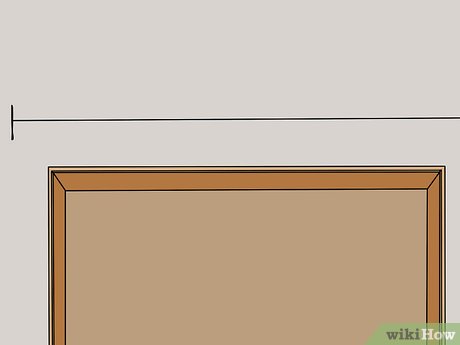
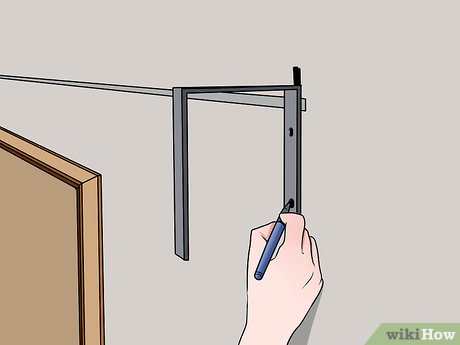
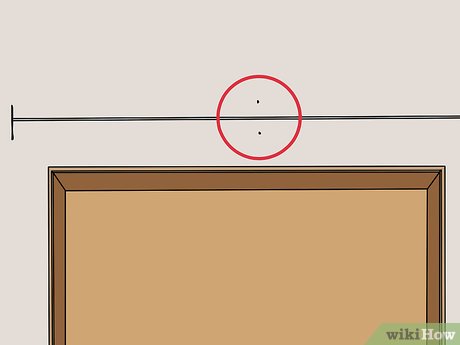
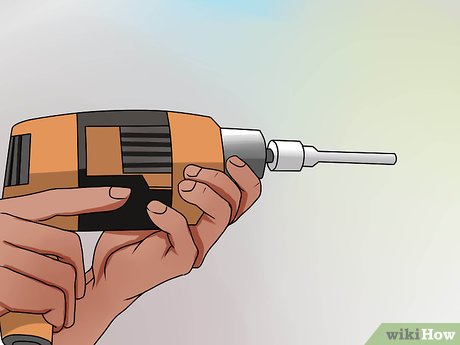
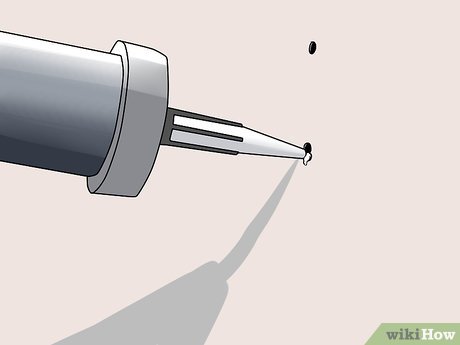
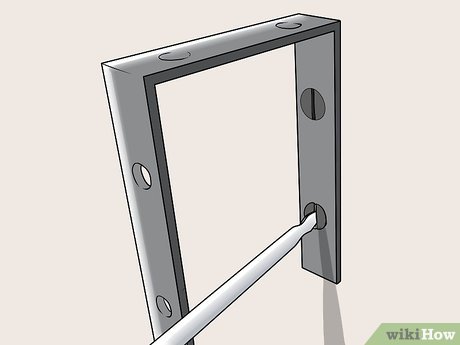
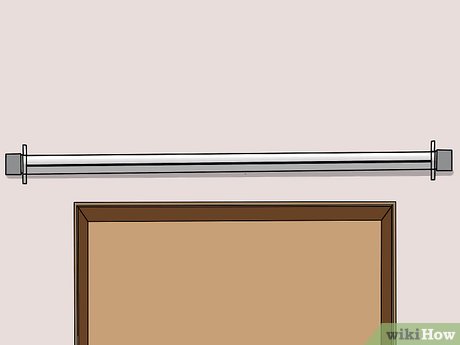
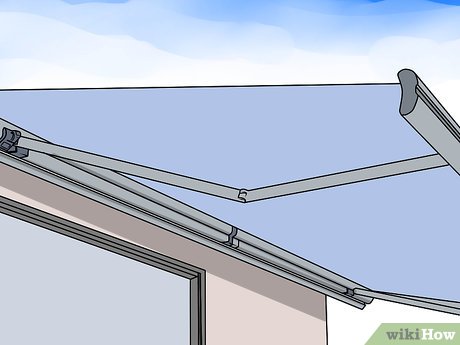
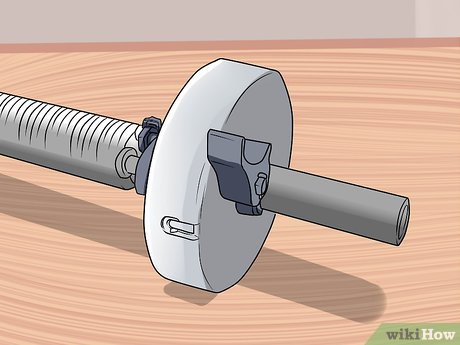
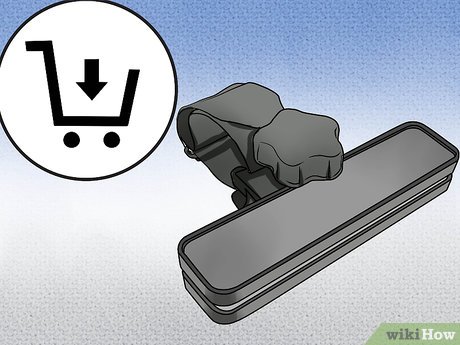
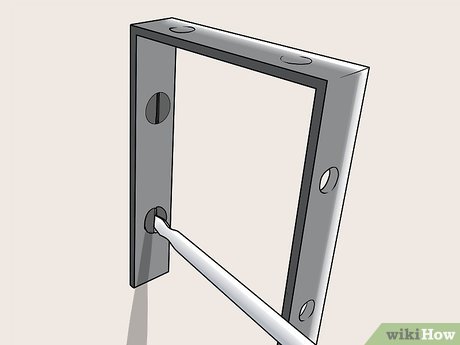










 How to Replace an RV Awning
How to Replace an RV Awning How to Clean an RV Awning
How to Clean an RV Awning How to Wash an RV
How to Wash an RV How to Keep RV Drawers Closed
How to Keep RV Drawers Closed How to 90 Degree Park Large SUVs
How to 90 Degree Park Large SUVs How to Check Your RV Battery
How to Check Your RV Battery